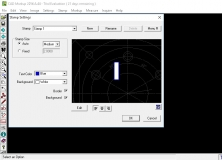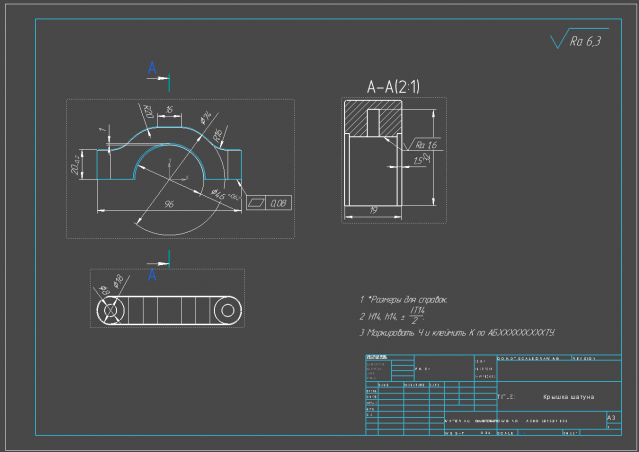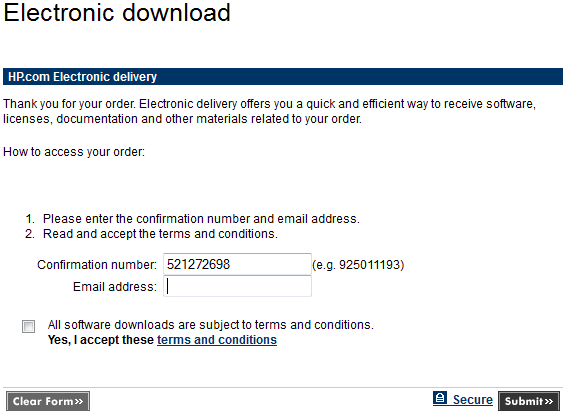
- #Running pcad 2006 on windows 10 64bit how to#
- #Running pcad 2006 on windows 10 64bit serial#
- #Running pcad 2006 on windows 10 64bit drivers#
- #Running pcad 2006 on windows 10 64bit driver#
- #Running pcad 2006 on windows 10 64bit manual#
Once you've completed the steps, if the test printed successfully, the device should now be available from all applications. Alternatively, you can click the Have Disk button to supply inf printer driver.
#Running pcad 2006 on windows 10 64bit driver#
Quick Tip: If the model of your printer isn't listed and you don't have the controller, you can try selecting the closest driver available.
On the left, select the printer manufacturer. #Running pcad 2006 on windows 10 64bit drivers#
Note: Windows 10 no longer ships with the basic printer and scanner drivers, so when you click the Windows Update button, it'll take a while to populate the drivers from the cloud. If you're using a parallel cable with a DB-25 adapter, then select the LPT1 port. For example, if you're using a USB cable, then select the USB option.

Select the port (interface) that you're currently using with the "Use an existing port drop-down menu. Select the Add a local printer or network printer option.
#Running pcad 2006 on windows 10 64bit serial#
Installing a local printer manuallyĪlternatively, if the previous steps didn't work, and you're trying to connect an old printer using a parallel or serial (USB) cable that the OS refuses to detect, then use these steps: Select the Do not share this printer option.Īfter completing the steps, the network printer should now be ready for any application.
Check the Query the printer and automatically select the driver to use option (recommended). In the "Port name" field, leave the default name (recommended) or type a new name. However, not all printers are created equal, which means that you'll need to check your manufacturer support website for more details. Note: If you don't know the TCP/IP configuration of your printer, you will be able to find this information using the device built-in screen. In the "Hostname or IP address" field, type the IP address of the printer. Use the "Device type" drop-down menu and select the TCP/IP Device option. Select the Add a printer using TCP/IP address or hostname option. #Running pcad 2006 on windows 10 64bit manual#
In the case that you're dealing with a network printer, you can try to create a manual connection using the device IP address with these steps:

Once you've completed the steps, you should be able to start printing to the device.
Select the Do not share this printer option.Ĭlick the Print a test page option to confirm that the device is working. If you're trying to add an older printer locally using a USB cable or wireless connection, use these steps:Ĭlick the Add a printer or scanner button.Ĭlick The printer that I want isn't listed option. Important: Before proceeding, make sure that your computer is connected to the internet to allow Windows Update to download additional drivers. When the system isn't detecting your old printer automatically, you can still add the device manually depending on the connection type and age of the printer. #Running pcad 2006 on windows 10 64bit how to#
How to install an older printer using advanced setup
How to install an older printer using incompatible drivers. How to install an older printer using advanced setup. In this Windows 10 guide, we'll walk you through several scenarios to help install an older printer that isn't getting detected, refuses to install, or it's no longer compatible. In either case, firewall the crap out of that thing, because the most recent security patches for 2000 are hard to find, and the ones that I found wouldn't install anyway.VPN Deals: Lifetime license for $16, monthly plans at $1 & more Take care, though, because some methods of upgrading to Windows 10 will relegate all of your programs and services to Windows.old, and they won't run any more. Not really practical, especially if you want to use the Windows 10 installation you already have, but if you were doing this from scratch, you could install XP/Vista/Win7, all of which should allow you to install 2000, and then upgrade. Most (if not all) editions of Windows 10 now support Hyper-V natively if not, there is always VMWare Workstation (not free) and Oracle VirtualBox (free). This really is the simplest and most obvious solution. 
I have tried in the past and even with compatibility override options I came across the same failures every time. There are probably forces against you from both within the setup program (which looks for certain things on the host system) and within the operating system (which prevents many flavors of older software from getting installed, mostly for security reasons but also compatibility, stability, etc).

I know of no hacks to get SQL Server 2000 to install on an existing Windows 10 installation.








 0 kommentar(er)
0 kommentar(er)
